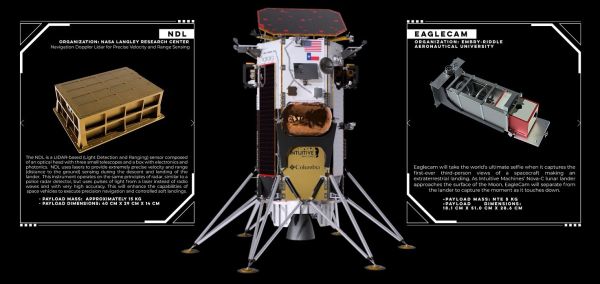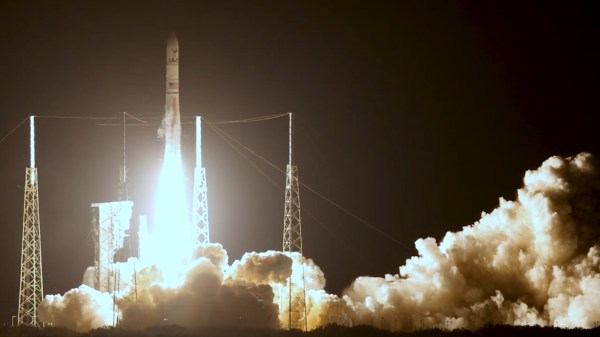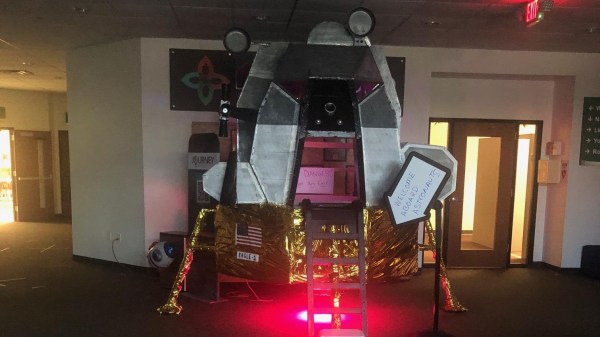With the recent string of lunar landing attempts, it’s interesting to consider how much things have changed – or stayed the same – since the first soft landing attempts in the 1960s with the US Ranger and USSR Luna landers. During the 1950s the possibility of landing a spacecraft on the Moon’s surface was investigated and attempted by both the US and USSR. This resulted in a number of lunar lander missions in the 1960s, with the US’s Ranger 3 and 5 missing the Moon, Ranger 4 nearly missing it but instead crashing into the far side of the Moon, and eventually the USSR’s Luna 9 making the first touchdown on the lunar surface in 1966 after a string of USSR mission failures.
What’s perhaps most interesting was how these first US and USSR spacecraft managed to touch down, with Luna 9 opting to inflate a landing airbag and bounce until it came to a halt. This approach had doomed Luna 8, as its airbag got punctured during inflating, causing a hard crash. Meanwhile the US’s Surveyor 1 was the first US spacecraft to land on the Moon, opting to use a solid-fuel retrorocket to slow the craft down and three liquid-fueled vernier thrusters to prepare it for a drop down from 3.4 meters onto the lunar surface.
Now, nearly 60 years later, the landers we sent regularly make it to the lunar surface, but more often than not end up crashing or toppling over into awkward positions. How much have lunar landings really changed?
Continue reading “The Lunar Odyssey: Moon Landings From The 1960s To Today’s Attempts”

















